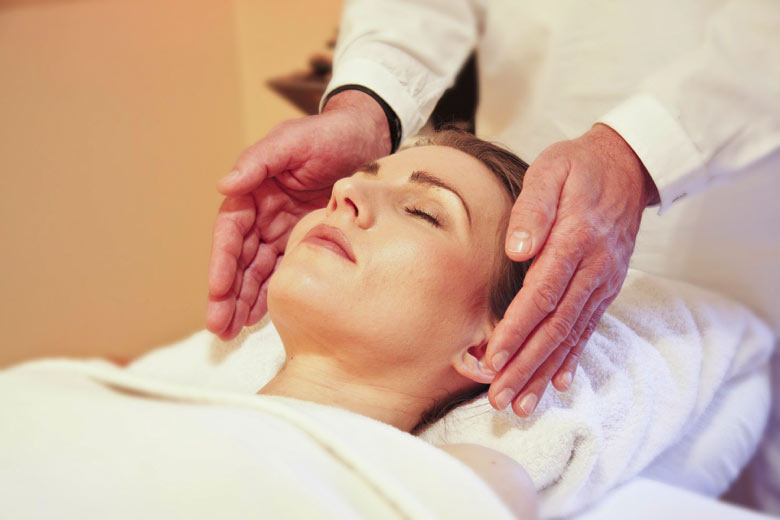Reiki is a method of energy healing that has risen to popularity in the recent years through the spiritual and energy healing movement. This practice, performed by a Reiki Master has multiple disciplines. For instance, Usui Reiki is used to promote the body’s natural ability to heal itself. Sessions are unique based on each practitioner but the concept behind Reiki is that each individual’s’ life energy can be channeled, from a practitioner to receiver with the strategic and meaningful placement of hands around the body.
This week, we will learn a bit more about where Reiki originated from, what to expect from a session as well as the benefits one can attain from a Reiki session. The principles of Reiki is one of guiding life energy for improved overall life experience. Like all forms of energy healing, Reiki is not intended to replace your healthcare provider nor medicine but to enhance your natural state of healing and energy flow. Reiki compliments receivers of all ages, conditions and backgrounds and no experience is necessary for the receiver, so it is understandable that Reiki is in the spotlight and getting the attention it has been getting from the modern world.

Origins & History
According to the International Association of Reiki Professionals (IARP), Reiki is stated as “spiritual healing art with its roots in Japanese origin. The word Reiki comes from the Japanese word (Rei) which means “Universal Life” and (Ki) which means “Energy”. Reiki is not affiliated with any particular religion or religious practice. It is not massage nor is it based on belief or suggestion. It is a subtle and effective form of energy work using spiritually guided life force energy.”
All forms of energy work, such as Reiki, Tai Chi and Qigong, are based on the concept that all living life forms have an electromagnetic vibration, or Life Force Energy, that runs through the body. Stress, illnesses, disease, trauma (physical and emotional) and abuse can all throw life force energy into imbalance. Energy work such as Reiki is performed to heal, balance and channel the “chi” properly, thus allowing the body to return to a state of balance.
Although many forms of Reiki have been established over the years, the most accepted and globally practiced form of Reiki is the Usui System of Natural Healing.

What does it feel like?
Reiki sessions are performed by an experienced practitioner for 60 minutes. Usually the receiver is sitting or standing and gently guided into a state of relaxation. The practitioner places his or her hands over the patient, usually starting from the top of the head and progressing down the body. Deep relaxation is usually felt by the receiver, some may feel warmth and a slight tingling sensation as well as a general feelings of wellness and well being.

What are the benefits?
Benefits of Reiki is stress reduction and relaxation. The human intention of healing and thought vibrations channeled to the receiver is translated in a sense of wellness, inner calm and profound peace. Reiki is not a cure for illnesses, however it does aid the mind in reaching a state of self healing. Reiki is used to help cancer patients, post surgical pain, terminal illness, chronic pain as well as emotional and mental trauma. It is becoming more widely recommended as alternative therapy for real illnesses because of the tremendous stress and pain reducing effects that receivers benefit from. Reiki is gentle enough for the elderly, pediatrics, the terminally ill and even our pets.

Conclusion
Reiki is a great way to discover your own energy healing path. To encourage yourself to be in a state of healing and acceptance is beneficial no matter what stage of life you are in. With the benefit of relaxation and stress reduction, along with the very human connection you develop with the practitioner, Reiki is great for people of all levels of energy healing.
Book now with the owner of Bagua Center for a private Reiki session.

